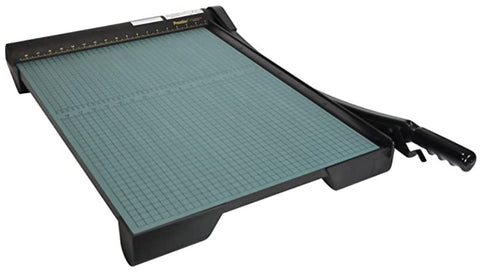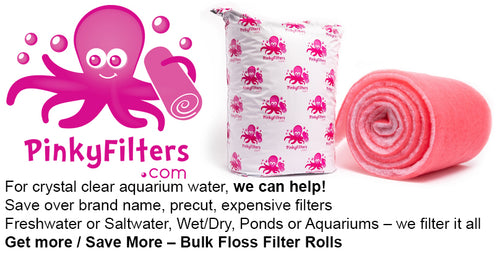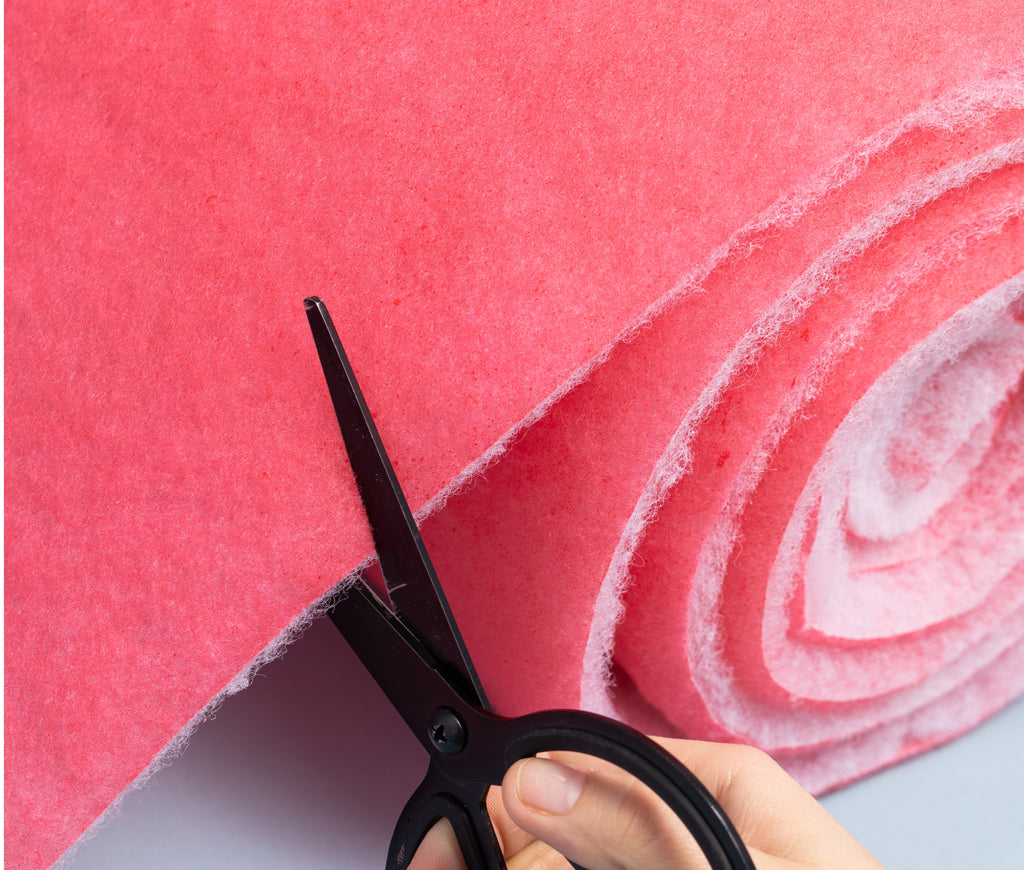How to cut Filter Floss
How do you cut filter floss?
It’s great to buy bulk filter floss for your aquarium or pond filtration system, but how do you cut it? We are going to explore different methods on how to cut filter floss and review multiple cutters based on price, cut, ease of use, speed, & if it damages the material.
To begin with, Floss filters are made with poly
Floss filters are made with many strands of polyfibers. Unlike paper, where you can shear through the material, floss fibers need to be crushed in order to separate them. The best method to cutting is using a sharp fabric cutter, shears or a good old scissors.
We tested multiple cutters in order to find the best cutter for filter. The table below ranks, in order, from best to worst floss filter cutters.
|
Cutter Type |
Price |
Clean continuous Cut |
Ease of Use |
Speed of cutting |
Damages Filter Floss? |
Overall Rank |
|
Fiskars 45 mm Rotary Fabric |
$$ |
5 |
5 |
5 |
No |
#1- Best |
|
Fiskars 8” shears |
$ |
3 |
4 |
4 |
No |
#2 |
|
Wiss V10 Tin Snips |
$$$ |
4 |
3 |
4 |
No |
#3 |
|
Skil 2352 Microsaw |
$$$ |
2 |
3 |
5 |
Potential |
#4 |
|
Stainless Steel Scissors |
$ |
2 |
2 |
2 |
No |
#5 |
|
Guillotine paper cutter |
$$$$$ |
1 |
1 |
1 |
Yes |
Worst |
|
Carpet Knife |
$ |
1 |
1 |
1 |
Yes |
Worst |
Ranking: Worst = 1 Avg = 3 Best = 5
Fiskars 45 mm Rotary Fabric
The best, most versatile option, to cut floss filters is using a Rotary fabric cuter. We recommend using a 45MM diameter cutter, as this has a larger diameter to cut through the material. When a fabric cutter is used with a rubber pad and a hard guide (we use an aluminum square), the floss filters are easily cut through with one continuous motion! You must have the higher density, pink floss, down to cut.
Pros: Easy to use, fast, can make the longest continues cut. Use this option if you plan to cut many filters!
Cons: Cost can be higher as this requires multiple components to make a cut, including a rubber pad, the handle, cutting disc, and a guide (Ruler or Square).
Shears / Scissor
We tested multiple shears & scissor. They all performed the same. They cut extremely well close to the pivot point, but tend to not cut material approximal 1” from the pivot point. However, if you make multiple short cuts, it works just fine! Just don’t expect to cut the full length of the shears. Make many short, ½ to 1” long cuts the length of the filter.
Pros: Inexpensive, easy to use, most people have one at home.
Cons: Not extremely fast or efficient if you cut many filters at one time
Tin Snips
Tin Snips performed relatively well, however due to the overall weight they are not our first choice in cutting floss filters. Because they are heavy duty the blade does not deflect, making a continues cut the full length of the cutter. However, like a shears or Scissor multiple cuts are required to cut a large size filter.
Pros: Clean continues cut
Cons: Heavy, not ergo dynamic, not ideal for lots of cuts, not fast if cutting many filters

Skil Micro Saw
While this tool has promise, it’s not ideal. If you try to cut to fast, fibers wrap around the blade screw. Once this occurs, it’s almost impossible to cut the fabric. However, if you go extremely slow & no fibers wrap around the fabic, this cutter is good!
Pros: Continues cut
Cons: Price, & fibers tend to wrap around cutter & prevents tool from cutting. When tool gets jambed up, can damage the floss trying to pull it out of the floss
Paper Cutter
We do not recommend using paper cutters for cutting floss. Similar to Sizors & shears, paper cutters will cut Ok for the first ½ to 1”. Beyond that, the blade has to much play and allows the fibers to pass between the cutting edge & cutter without cutting.
Pros: None
Cons: Expensive & they do not work

Carpet Knife
Everyone has one, but to cut Floss Filters the best way…they don’t work. As originally mentioned in this blog, the best way to cut floss filters are to shear the material. Carpet knifes are designed to tear, not shear.
Pros: everyone has them
Cons: they don’t work!







